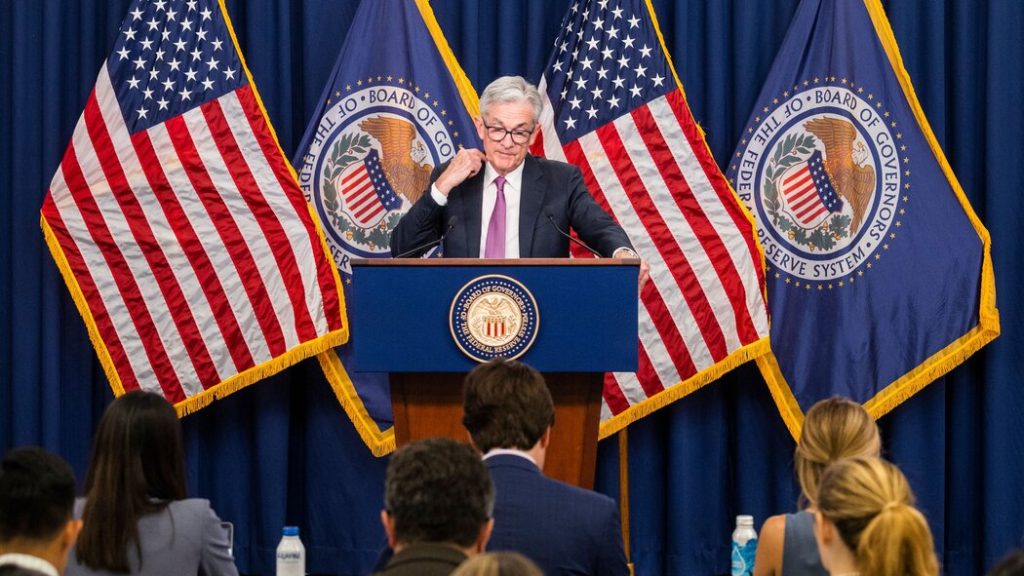
Stock markets are a little higher after turning lower on Tuesday amid nerves over Nancy Pelosi’s Taiwan visit.
This week was already shaping up to be another rollercoaster ride and Pelosi’s trip just added another layer of event risk for the markets. There will be hope following the initial response from Beijing that any escalation won’t be too severe, although relations between the world’s largest economies are clearly hugely strained and deteriorating.
Compounding the moves in the markets yesterday were comments from Fed officials that should not have come as a surprise to investors but highlighted how ahead of themselves they’d got. The idea that the shift to data-dependency was an automatic precursor to fewer hikes despite no concrete signs of inflation abating was hopeful, to put it mildly.
The September meeting feels a long time away and plenty could change in that time that would allow for slower tightening. That includes two sets of inflation data and two jobs reports, all of which and more will guide the Fed seven weeks from today. We should know better by now than to be too optimistic when it comes to inflation and that may come back to haunt the markets.
Data is nothing to be excited about
The services PMIs from China and Europe this morning weren’t quite as concerning as their manufacturing counterparts on Monday, there were even some positive surprises in there, but the broader picture remains quite bleak. A 1.2% decline in retail sales further highlighted the struggles facing the euro area amid mounting price pressures and a troubling winter to come.
The better-than-expected PMIs from China, Spain, France and Germany were welcome but I’m not convinced of their sustainability. And in the case of Germany, it was still contractionary so certainly not something to get excited about. The US is up next after the open and a disappointing reading could compound yesterday’s negative shift.
Oil hovers around $100 after OPEC+ decision
Oil prices are a little higher after OPEC+ reportedly agreed to increase output targets by 100,000 barrels per day in September. The move fell in line with speculation of a small increase leading into the meeting. Of course, with so many countries failing to hit current targets, and by a distance in some cases, the key factor here will be the make-up of the increase. If spread evenly, the net increase will be much lower as we’ve seen so often. For this to have an impact, the shortfall needs to be addressed.
Gold recovering after Fed blow
Gold is edging higher again this morning after suffering a setback on Tuesday. The yellow metal had been testing key resistance in the $1,780-1,800 region before a Fed offensive sought to push back against the “dovish pivot” narrative that’s circulated since the July meeting.
It seems the Fed is of the view that traders have got ahead of themselves and wanted to make clear that data-dependency means nothing unless the data itself improves, which there’s little sign of it doing currently. That knocked gold back towards $1,750 and it’s been a rather sluggish recovery since.
Whether the Fed warnings will stick or just came at an opportune moment when yields, the dollar and gold were primed for profit taking, time will tell. Traders don’t always like to dance to the tune of the Fed and this year, they’ve benefited from not doing so.
Bitcoin bounces back again but the rebound remains unconvincing
Bitcoin didn’t fare too badly as a result of the Fed offensive or Pelosi’s trip to Taiwan, perhaps a sign that risk appetite wasn’t too hindered by either event. In fact, it’s already surpassed yesterday’s highs and it is more than 1% higher on the day. A corrective move in recent days appears to have drawn some back in. Whether they’ll be rewarded is hard to say as I remain unconvinced by the rebound of the last six weeks. And not just in crypto markets.























